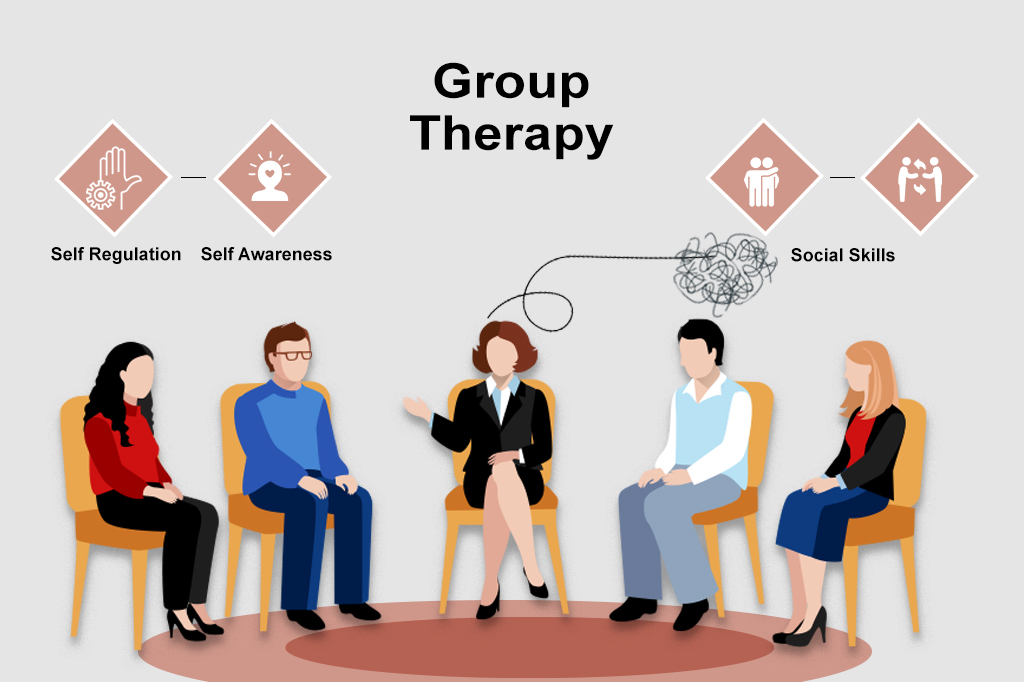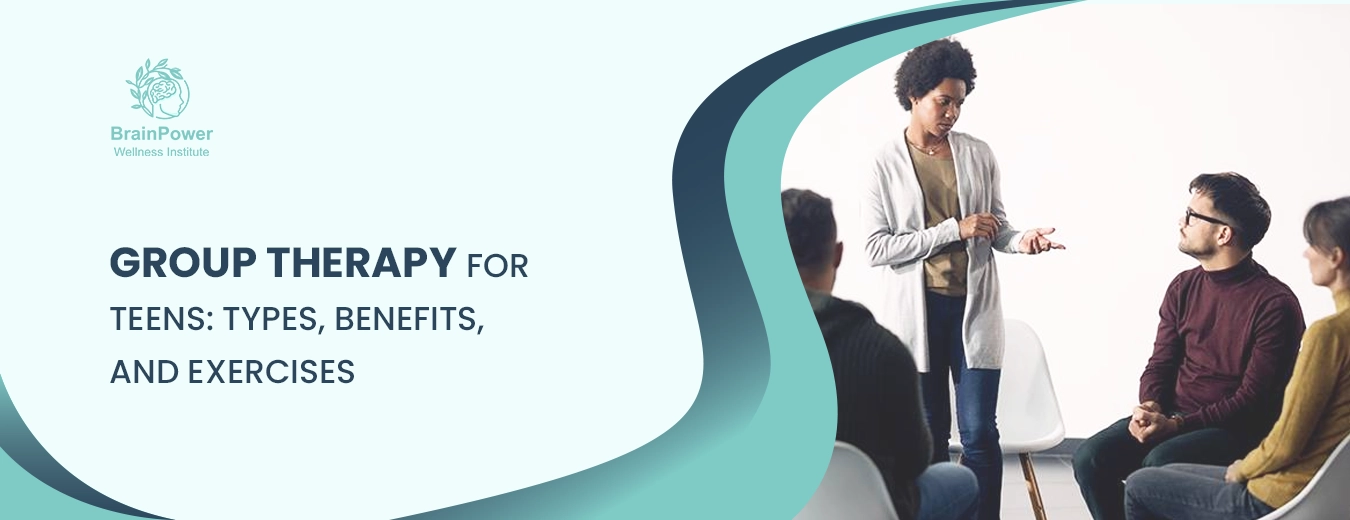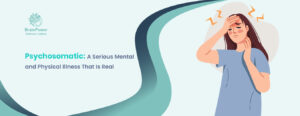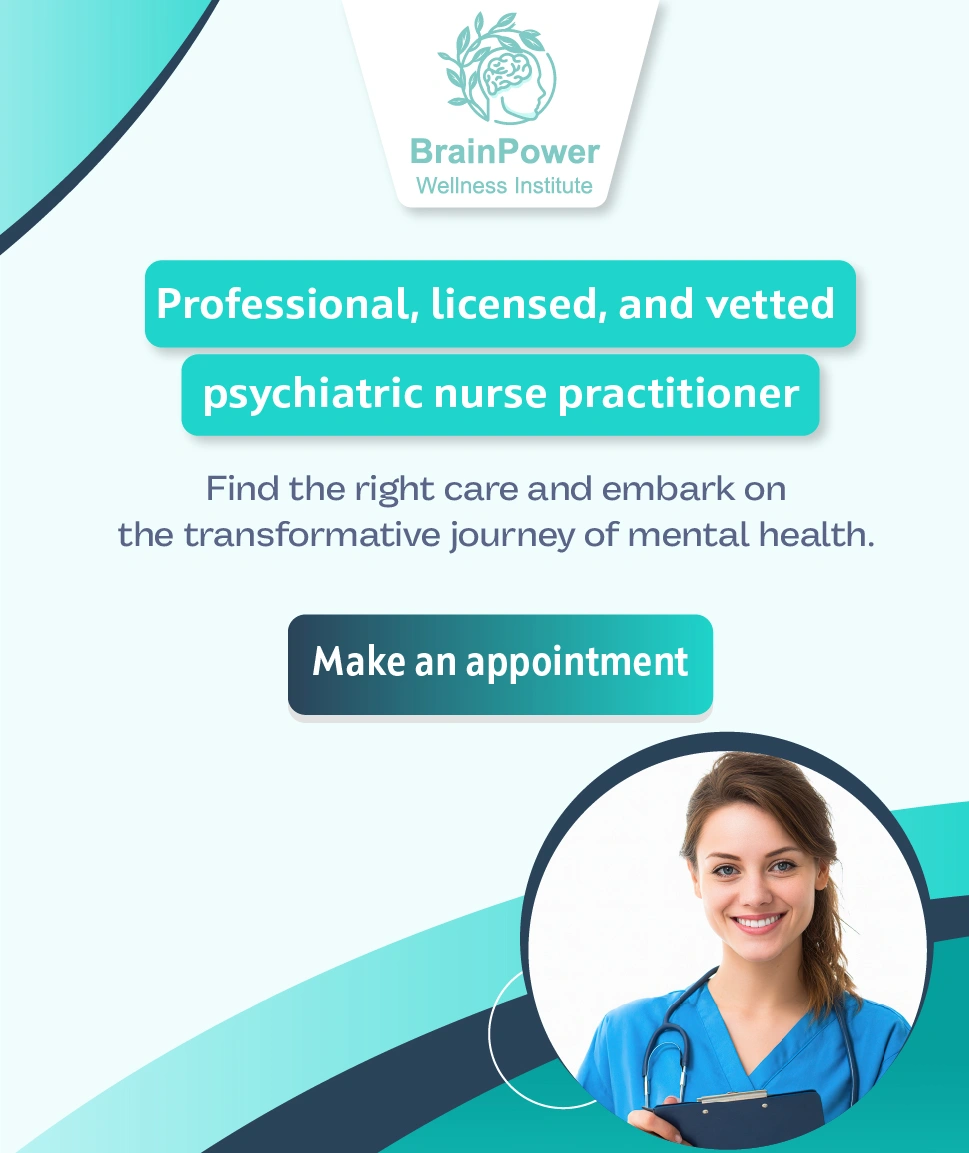Adolescence is a turbulent and magnificent period. It’s full of exciting discoveries, unprecedented experiences, and emotional turmoil.
Teenagers become courageous explorers of the world, so they need guidance to avoid developing negative habits or having bad experiences.
Although teenagers like to withhold feelings and emotions from their parents, they can vent to friends and a psychologist.
It may take time for a teenager to get used to therapy, but once they do, they feel comfortable seeking advice and sharing the emotional turmoil within them.
The main objective of group therapy for teens is to help young people enjoy this uncomplicated period as much as possible.
Many people miss the opportunity to take advantage of all the benefits that group therapy can provide because they don’t know how does group therapy work.
What Is Group Therapy for Teens?
Group psychotherapy for teens has been recommended for emerging demands, such as difficulties in social interaction, anxiety, and depressive disorders, issues related to sexuality, bullying, and other conflicts.
This is a type of psychotherapy that serves a larger number of people to exchange experiences, enabling identification between group members. Through this identification, the group interacts with the mediation of the psychotherapist. The therapist assesses the needs of patients and combines them with available resources. Moreover, they also help to broaden views and become aware, using the conduct of acceptance, respect, empathy, and listening.
What Does the Group Therapist Work On?
The work carried out by this type of therapist is aimed at social skills and interaction dynamics that lead to difficulties for the child or adolescent in their relationship with their social, family, or school environment. These elements have to do with difficulties that the boy or girl is presenting when interacting with others, either due to problems that they have on an individual level (such as a depressive condition, for example) but that generate an impact when interacting with their child around.
Likewise, difficulties that arise from the interactional space itself, such as a decrease in social skills such as empathy and social self-esteem, ways of expressing negative emotions such as anger or shame, capacity for assertiveness, and resolution of interpersonal conflicts, among others. Teens also suffer from obsessive compulsive Disorder, bipolar disorder, etc. The important thing here is to be able to identify what difficulties the child or young person is experiencing and to stimulate, develop, or generate tools that allow them to function better in social spaces.

Benefits of Group Therapy
is group therapy beneficial? Definitely Yes. 85% of individuals who participate in this therapeutic process have a better understanding and acceptance of themselves,
- Greater interpersonal, cognitive, and behavioral skills to deal with problems.
- In group therapy, multiple relationships are established that help the individual grow and solve problems.
- Group therapy for teens encourages you not to give up and to look at each other as a learning partner.
- Allows the individual to feel understood, as well as recognize that they are not alone in this same struggle.
- Increases knowledge and understanding of the common problem.
- Group therapy provides the opportunity for participants to improve their ability to communicate and relate to others. Self-esteem can be developed through feedback and reflections generated in groups.
- In group therapies, the therapist exerts a strong influence on group communication patterns by modeling certain behaviors, such as active listening, responding without judging, and offering support. After some time, the elements incorporate these behaviors, improving self-esteem and emotional growth.
- Group therapy for teens provides a feeling of belonging, acceptance, and approval (universal human needs).
Read More: How to Help Someone with Postpartum Depression?
What Are the Different Types of Group Therapies?
Within group therapy for teens, several types are indicated according to the needs of each individual. Check out the main ones:
For support
It is a very well-known type, mainly due to organizations.
In addition, group therapy for support is also aimed at people who are living in other types of situations in common. such as mourning, people with illnesses, and military personnel who work in war, among others.
The objective of this group is for members to be able to support each other and share how they feel, which creates a welcoming and comfortable environment.
Cognitive behavioral
Finally, cognitive behavioral therapy focuses on changes in beliefs that generate harmful behaviors for the individual; that is, it is highly recommended for the treatment of addictions and phobias.
The process encompasses the identification of situations and behaviors that trigger the activation of the problem in question so that everyone in the group can develop strategies aimed at preventing the chain reaction from repeating itself.
Psychoeducational
Psychoeducation focuses on educating patients and families about the psychological problems they are facing.
Access to this type of information is important so that they understand what they are going through and can clarify their doubts. It tends to be a very common type of therapy for specific topics, such as addictions or phobias, for example.
For skill development
The focus of this type of group is the development of skills so that participants can better deal with the conditions they are experiencing in terms of mental health.
Moreover, throughout the sessions, participants learn how to make positive choices in their daily lives and avoid getting involved in situations that are harmful to their well-being and quality of life.
Group Therapy Exercises for Teens
Here are some group therapy activities for teens that psychologists can support:
Expressive Arts Therapy:
- Therapeutic Drawing or Painting: The adolescent expresses his or her feelings through art, and the psychiatrist discusses the symbolism of the work.
- Music Therapy: Music explores emotions. Adolescents can play lyrics that resonate with them and talk about the emotions they evoke.
Cognitive-Behavioral Therapy (CBT) Exercises:
- Thought Recording: Adolescents identify and refute negative thoughts. The therapist guides and helps them to review these thoughts in a more positive light.
- Behavioral Experiments: Small experiments are planned and carried out together to test and modify undesirable beliefs and behaviors.
Awareness and Relaxation Techniques:
- Guided Positive Thinking Meditation: The therapist guides group members through positive thinking exercises to increase relaxation and self-awareness.
- Deep Breathing Exercises: Learn effective breathing techniques to combat stress and anxiety.
Interactive Psychoeducation:
- Psychoeducational Games: Involve young people in psychoeducational games on mental health, coping strategies, and resilience.
- Skills Workshops: Organize workshops on coping strategies, stress management, and emotional regulation.
Group Discussions:
- Discussion on Specific Topics: Concerning young people, such as peer relationships, school pressures, family dynamics, etc.
- Problem-Focused Discussions: Encourage young people to share their positive experiences and solutions for overcoming difficulties.
Read More: Group Therapy for Depression: Benefits and Its Types
Narrative Therapy Techniques
- Narrative Circles: Young people create and tell a story that reflects their journey. The therapist helps them analyze the story and its themes.
- Externalization Techniques: Use metaphysical exercises to externalize the problem, making it more manageable and less personal.
Development of Interpersonal Skills
- Role-Playing In Social Situations: Young people practice effective communication, assertiveness, and conflict resolution through structured role-playing.
- Group Confidence Practice: Young people take part in activities that build confidence and promote good group dynamics.
Journaling and Reflection:
- Gratitude Journaling: Teens journal about the positive aspects of their lives, and the therapist helps them reflect on what they are grateful for.
- Emotional Recording: Adolescents record their emotions daily to provide valuable information for understanding emotional patterns and triggers.
Furthermore, these group therapy sessions for teens ensure the needs of each teenager and create a safe, collaborative space for exploration and healing. Psychiatrists play a key role in facilitating dialogue, providing guidance, and ensuring the therapeutic impact of interventions.
Can Group Therapy Be Harmful?
When qualified therapists conduct group therapy for teens is generally safe and beneficial. However, like any form of therapy, there can be potential risks, such as inadequate facilitation, group dynamics issues, or individual discomfort. Proper screening, skilled facilitation, and ongoing monitoring help mitigate these risks. This makes group therapy a valuable and supportive mental health intervention for many individuals.
Conclusion
There is no one better than the psychologist himself to indicate whether group therapy for teens is suitable for your case.
It all depends on your needs and objectives during the therapeutic process. Therefore, do not jump to conclusions. Therefore, consult an expert on the subject from BrainPower Wellness Institute who will be able to direct the best path for you. They also provide telepsychiatry, so you can consult from the comfort of your home.




